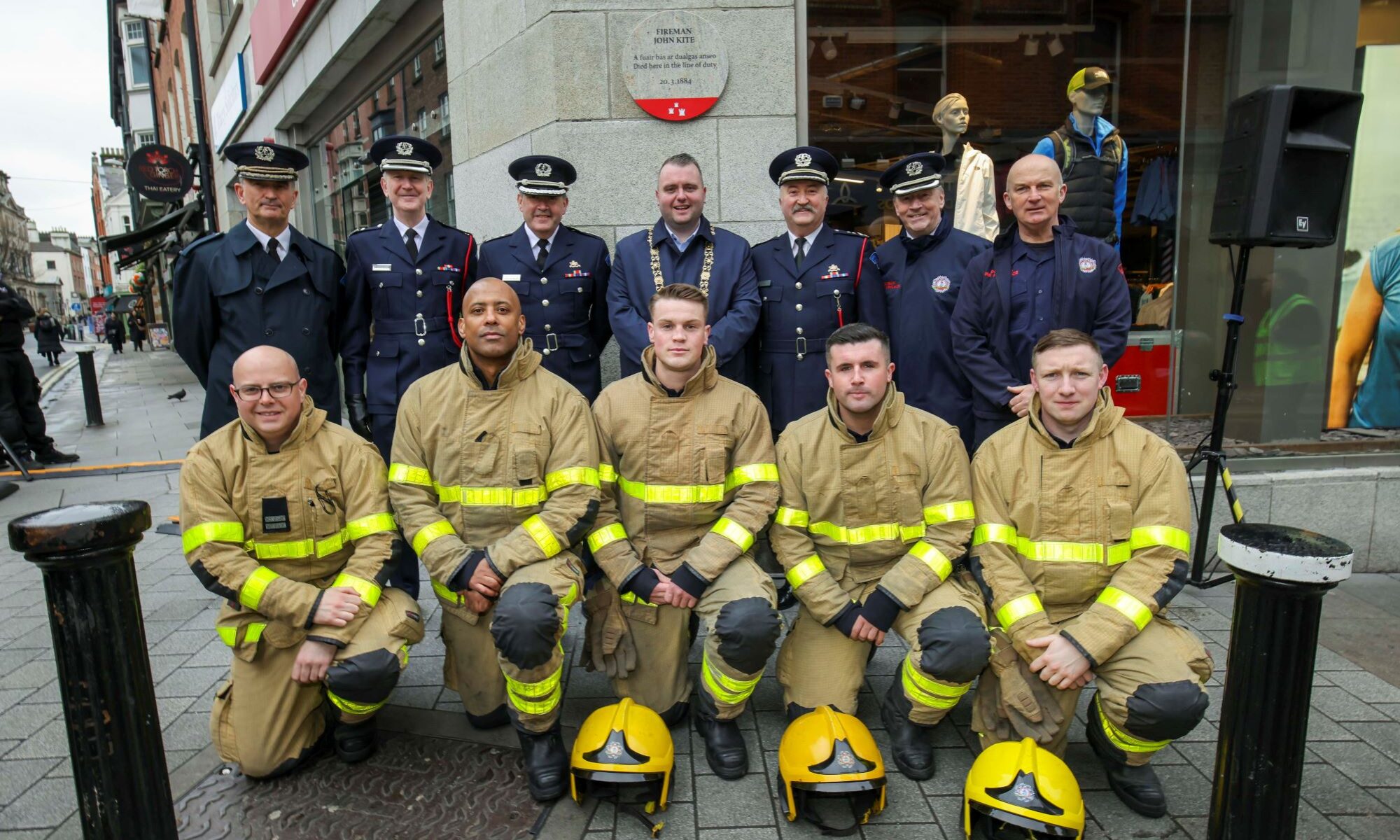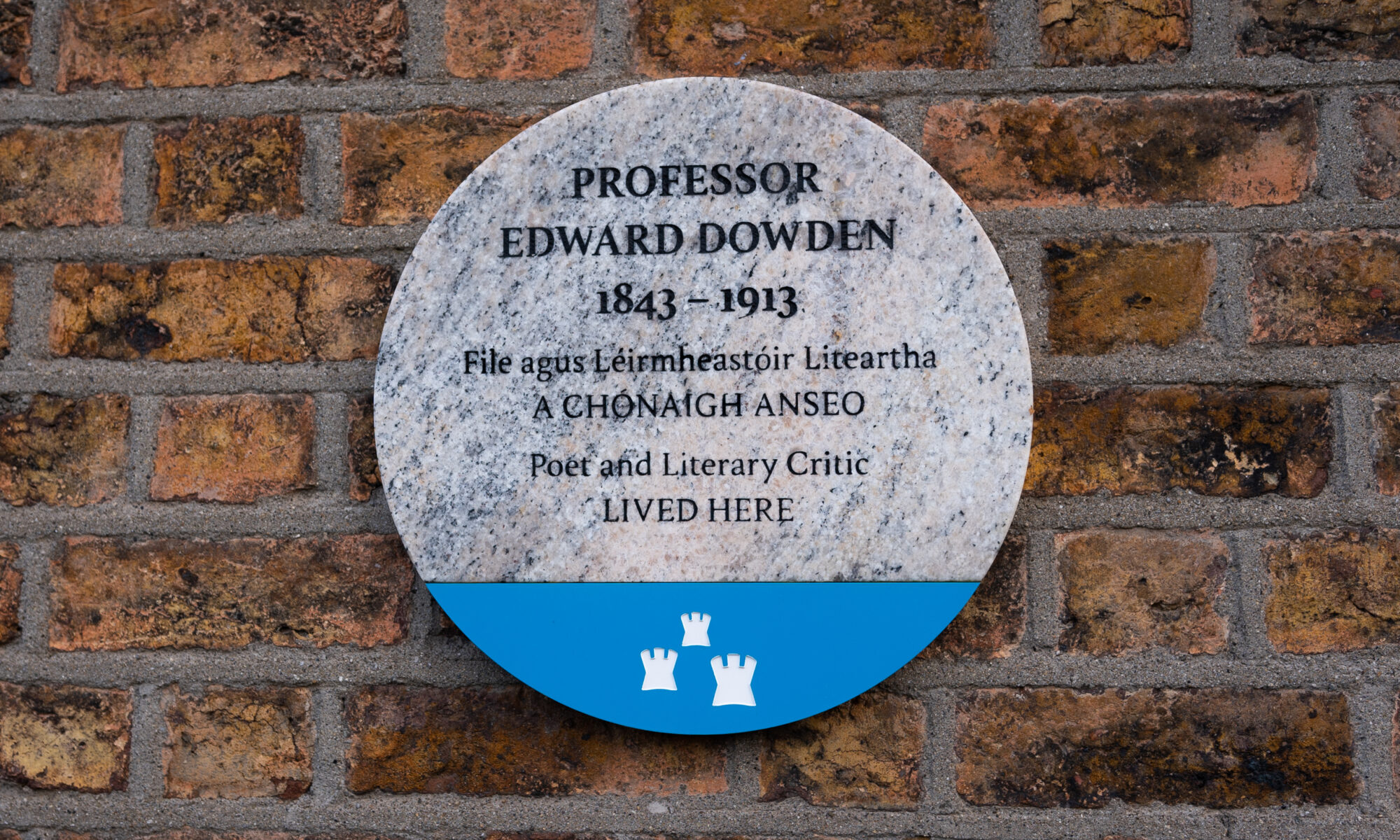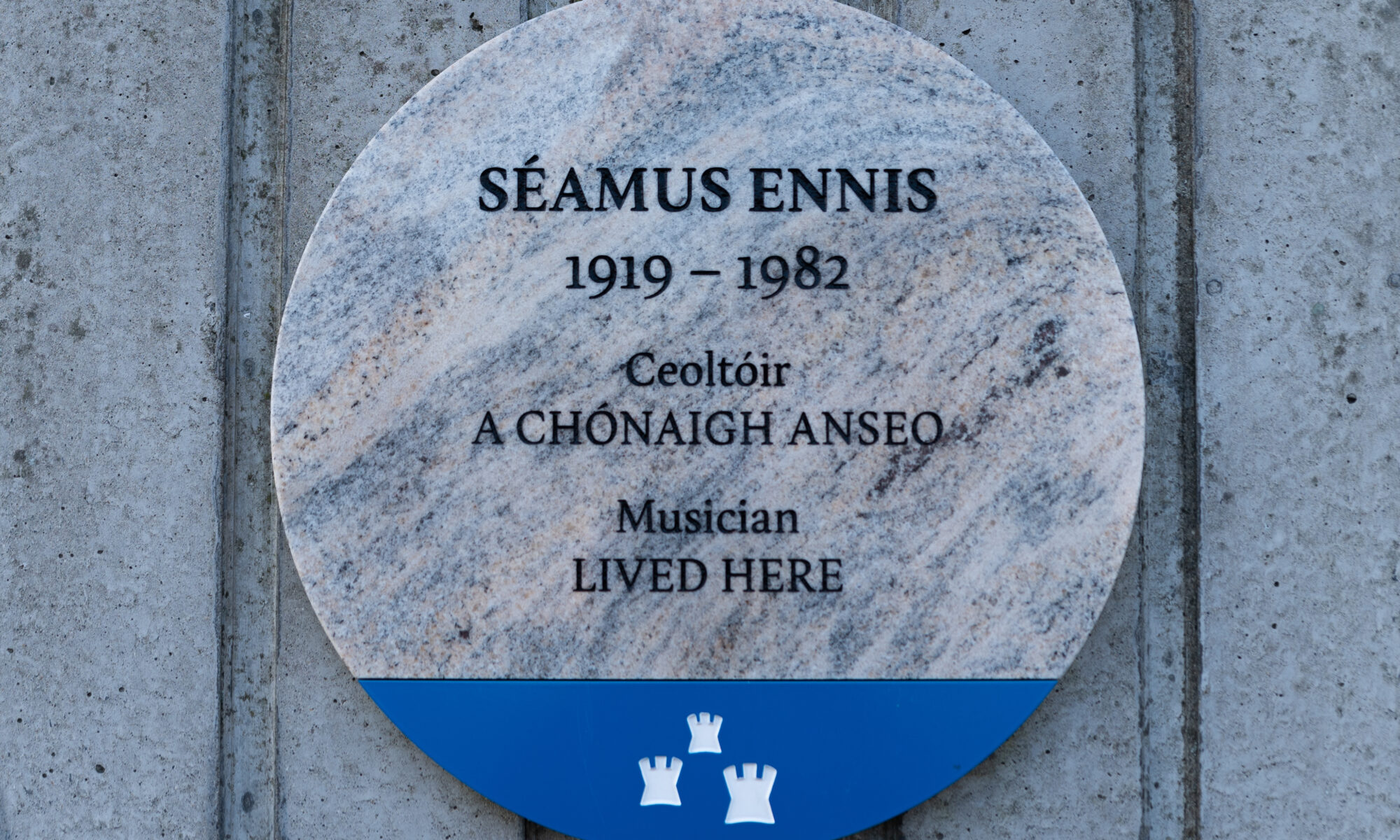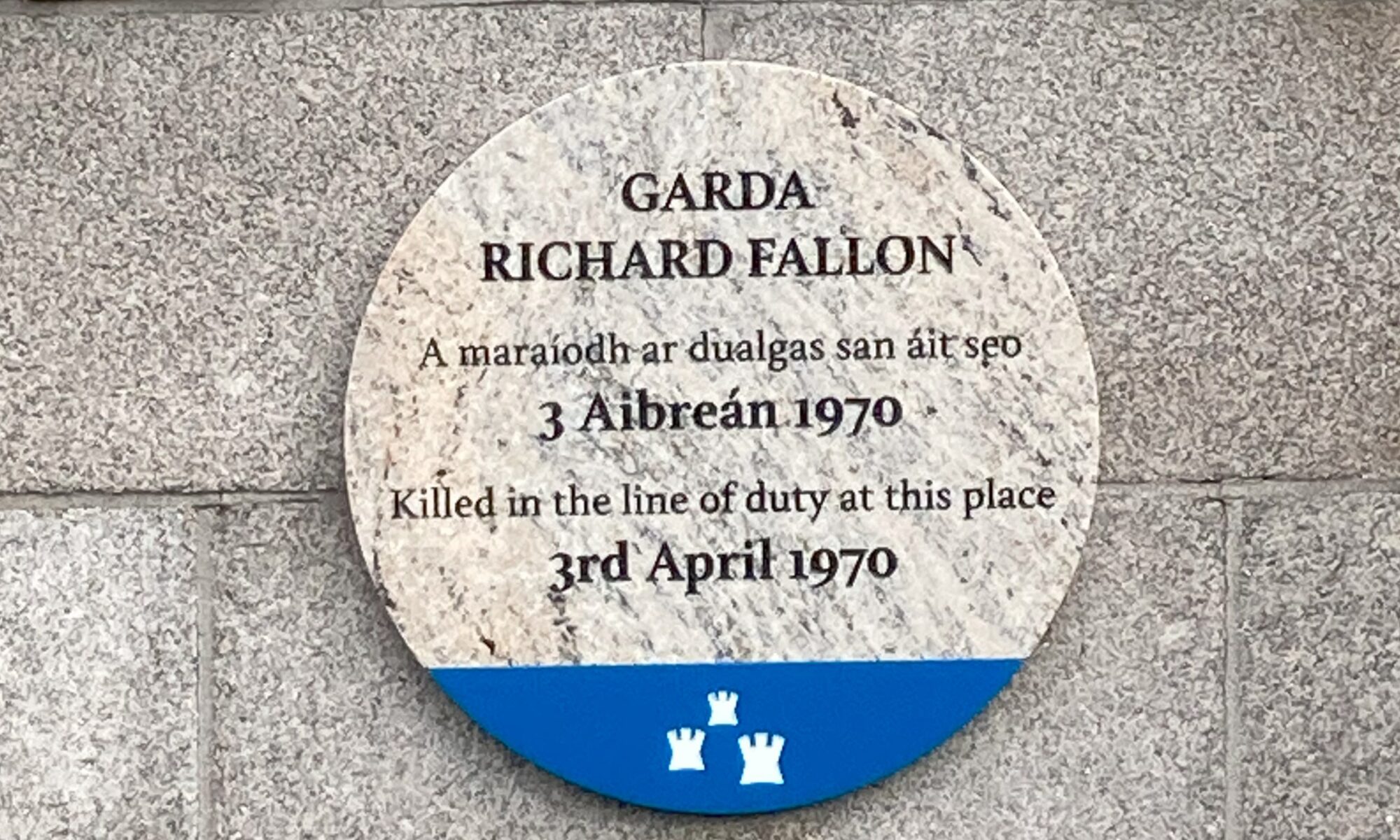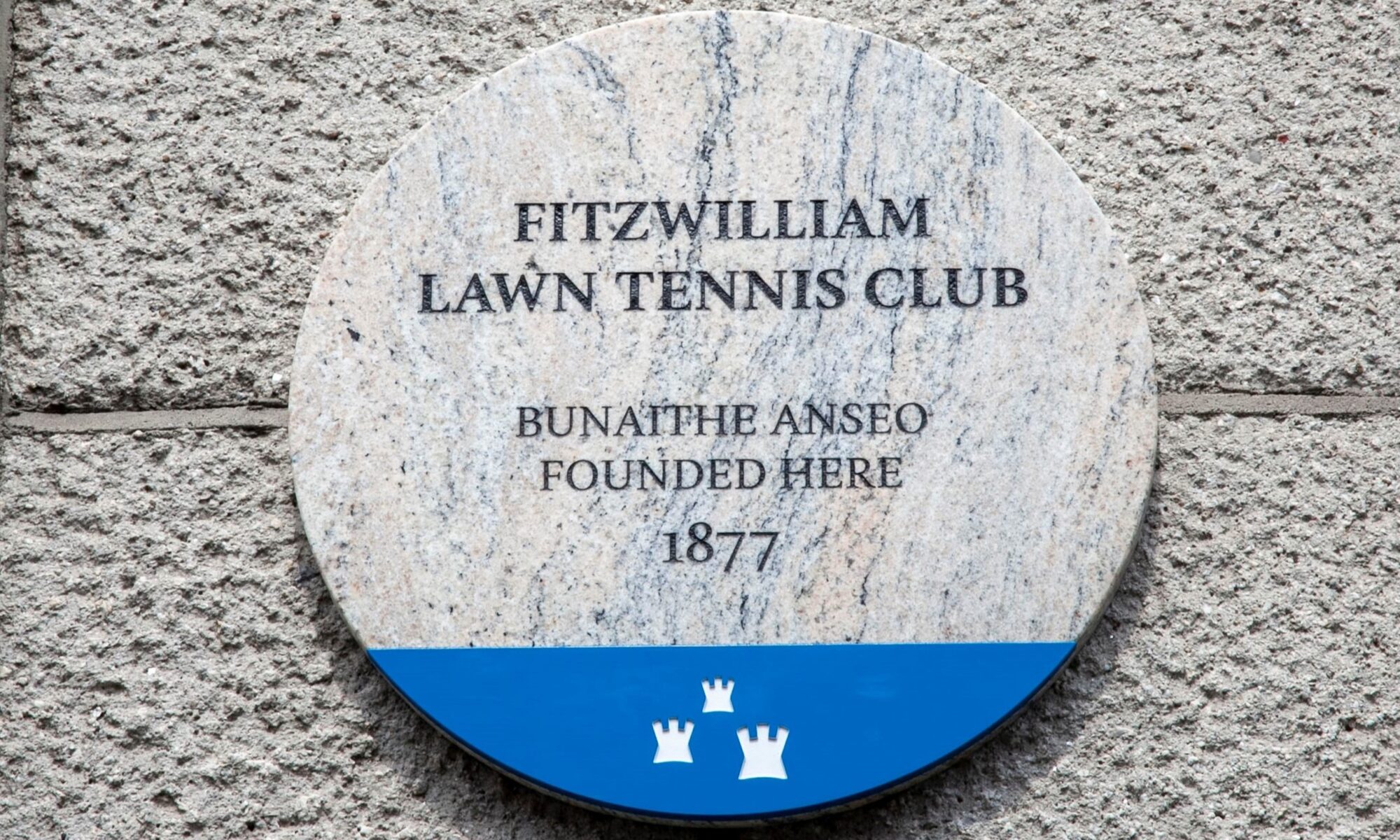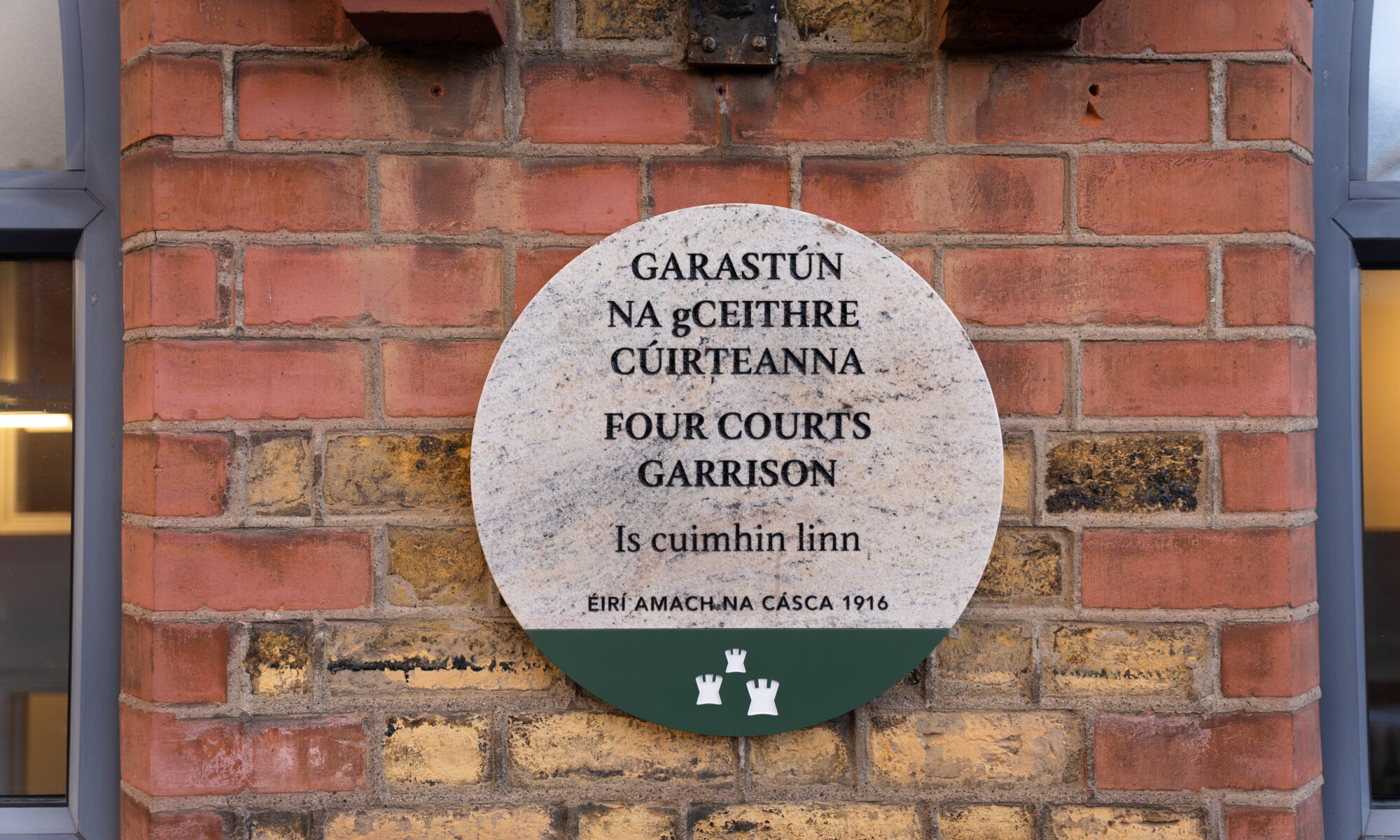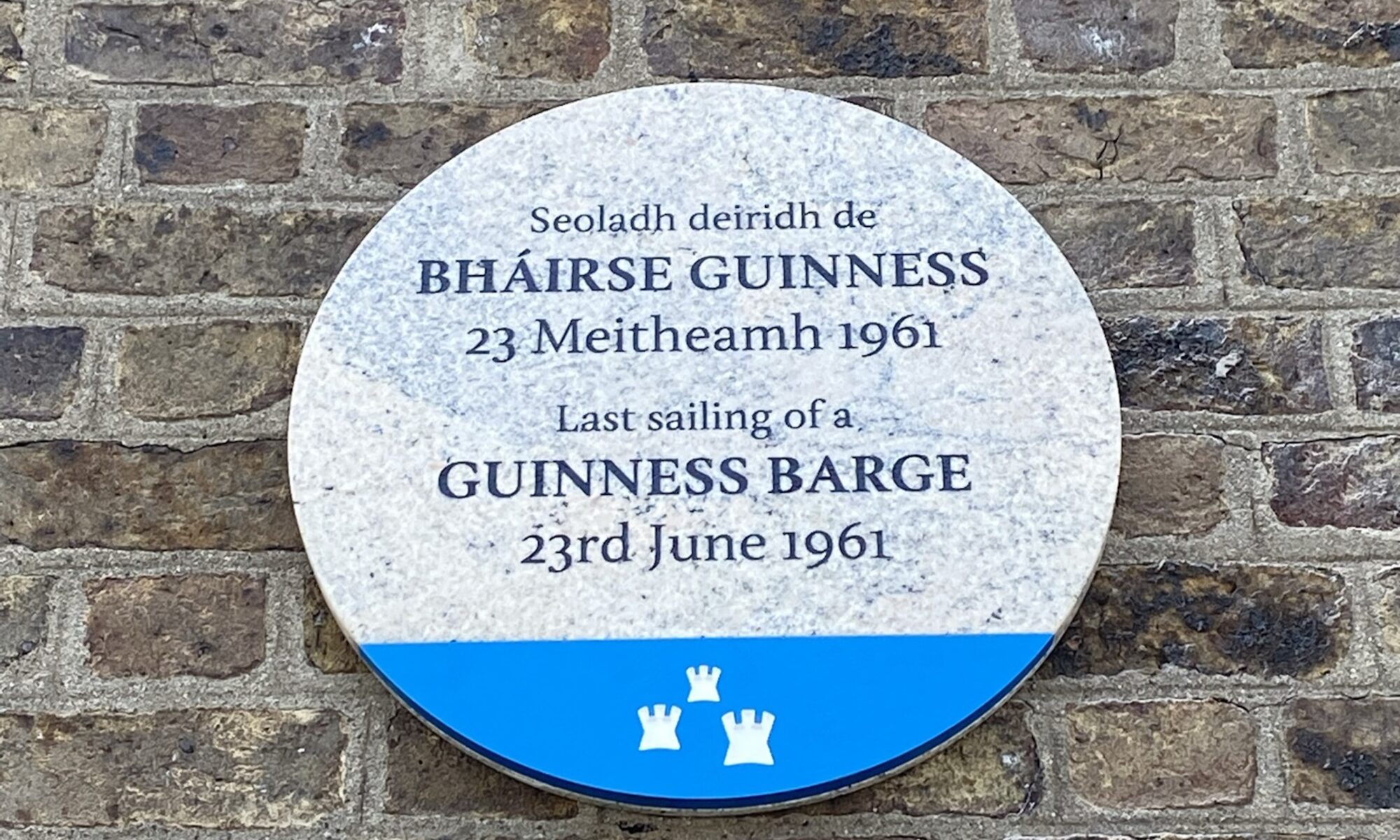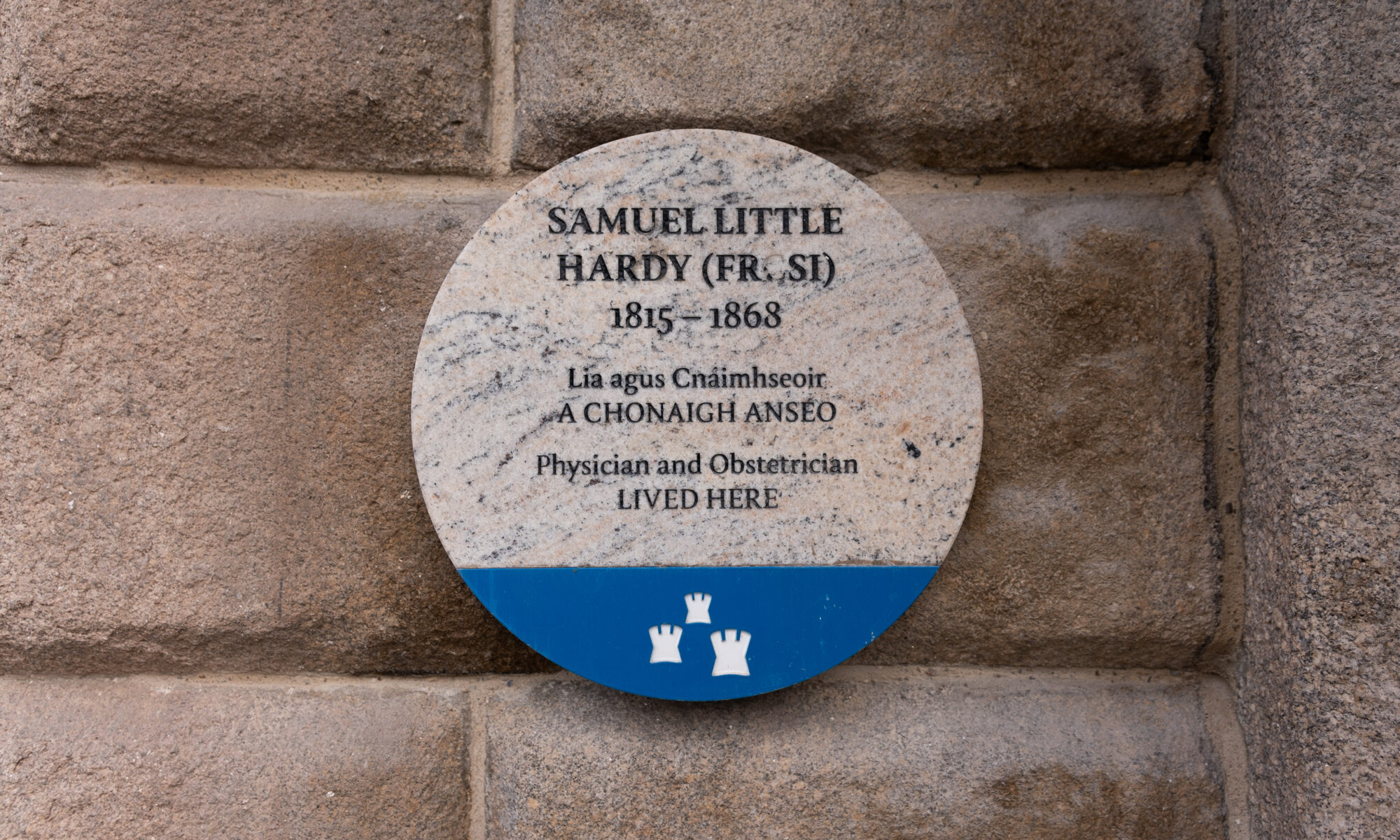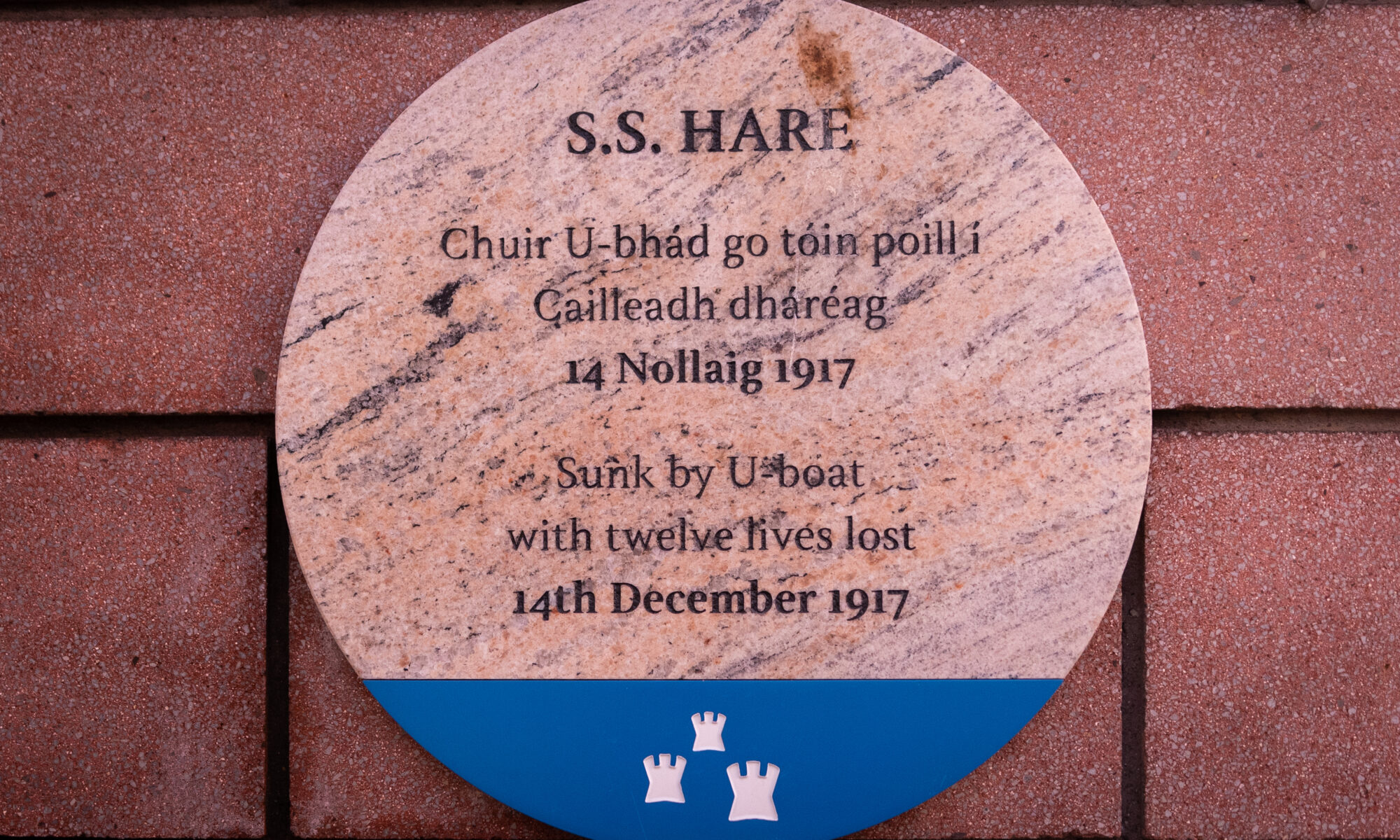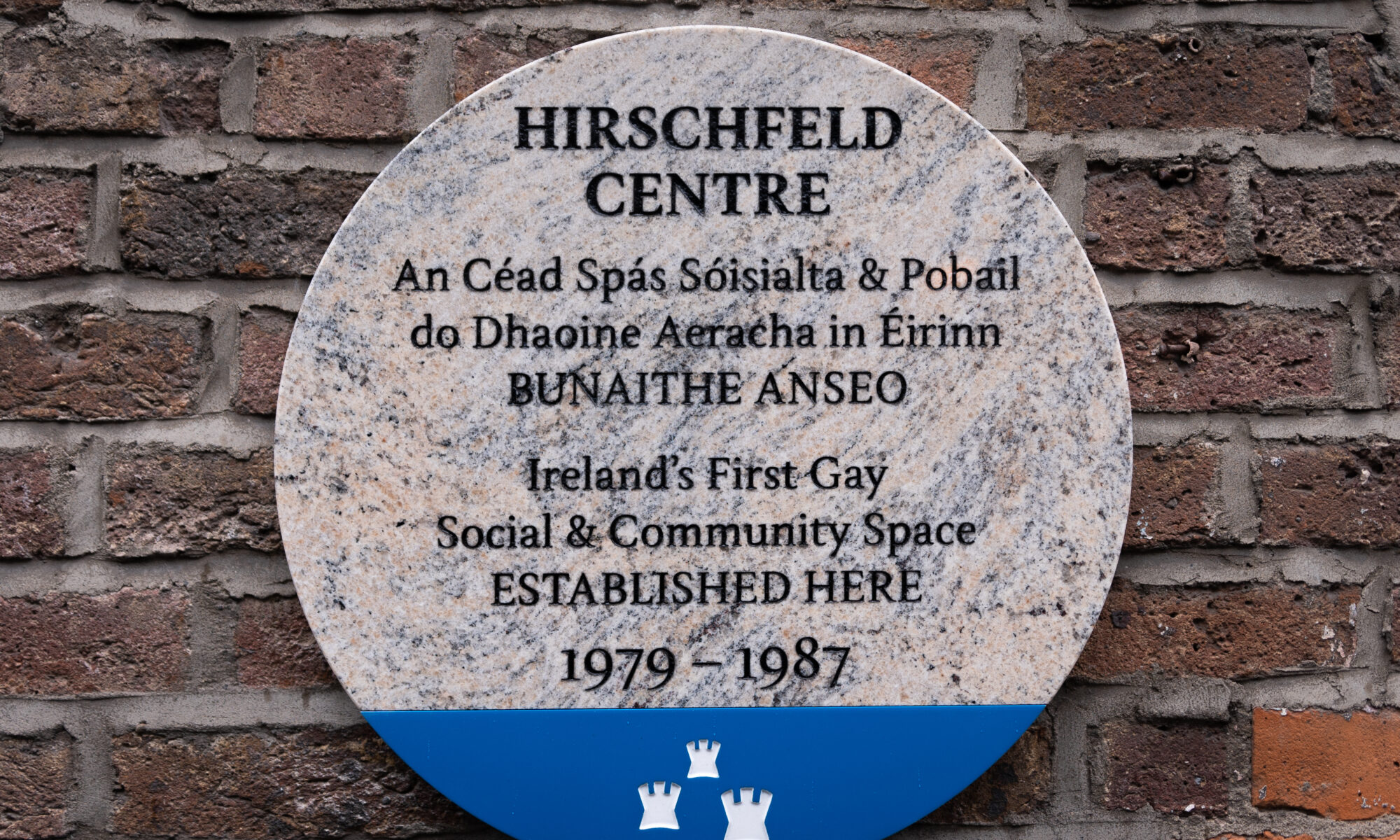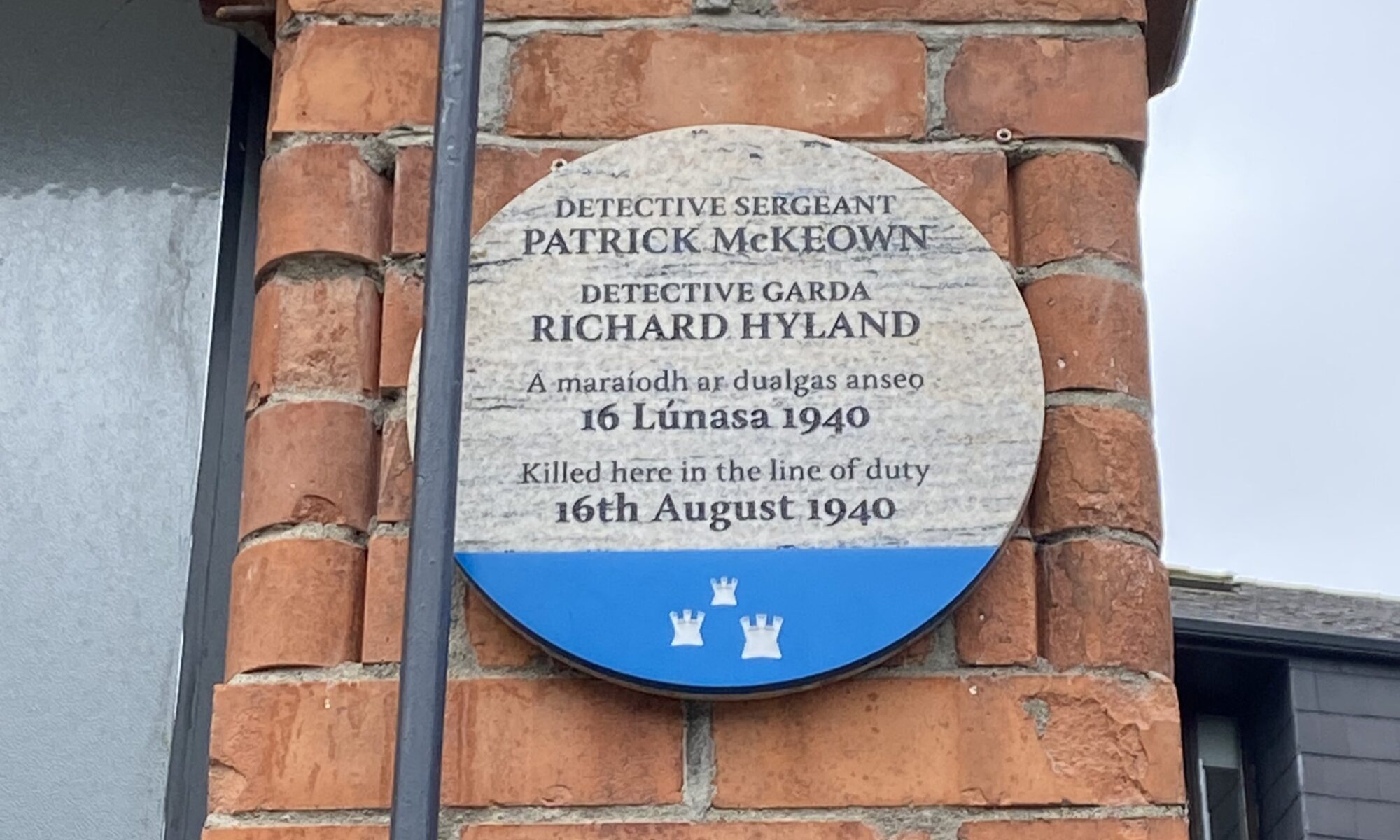On Sunday, 29th November 2015, a Dublin City Council commemorative plaque honouring the Irish poet and literary critic Edward Dowden (1843-1913) was unveiled in Ballsbridge.
The plaque is located at 50 Wellington Road, Dublin 4, where Dowden lived for several years, with Councillor Mícheál Mac Donncha speaking on behalf of Dublin City Council’s Commemorative Naming Committee.
Locate this plaque on Google maps.
Appointed to the newly created position of Chair of English Literature at Trinity College Dublin in 1867, Dowden quickly earned a reputation as an internationally respected literary critic and was an authority on William Shakespeare as well as figures such as Percy Bysshe Shelley and Robert Browning. A staunch unionist who was hostile to the Irish Literary Revival and growth of Irish nationalism during his later years, Dowden received honorary degrees from the Universities of Oxford, Edinburgh, and Princeton.
He married twice and had several children, with a daughter from his first marriage, Hester Meredith Dowden (1868-1949), going to become one of the most famous spiritualists and psychic investigators during the first half of the twentieth century. Those wishing to learn more about a figure described by author John Eglinton as “almost a saint to culture”, should consult the chapter ‘Edward Dowden: Irish Victorian’ in Terence Brown’s book Ireland’s Literature: Selected Essays (1989). You can reserve a copy of the book when Level 5 restrictions are lifted.
Watch the presentation below by Dr James Curry, Dublin City Council historian in residence, which is part of a “Plaques of Dublin” online lecture series.
Submitted by Historian in Residence, James Curry.
